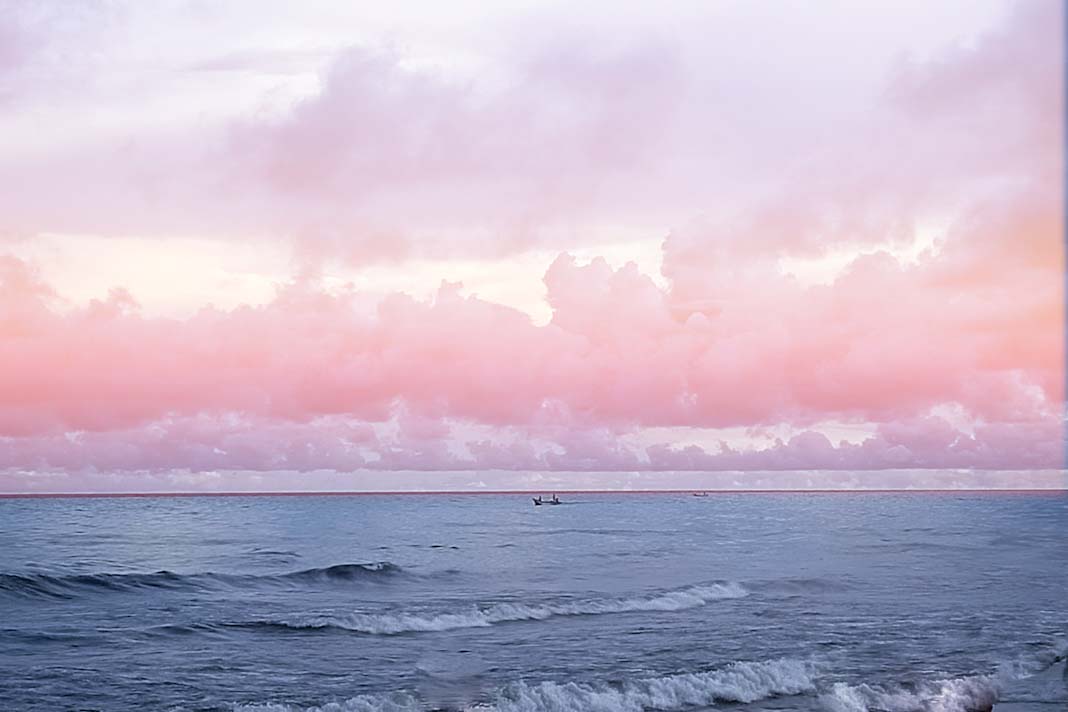- Kawasaki has delivered the CRYSTAL ODYSSEY, an 86,700 m³ LPG and ammonia carrier with expanded cargo capacity and dual-fuel transport capability.
- The vessel is powered by a Kawasaki-built LPG-injection engine, cutting SOx and CO₂ emissions and meeting IMO’s latest environmental standards.
- Energy-efficient features like RBS-F, SDS-F, and specialized propeller fins reduce fuel consumption and enhance performance.
- The design is future-ready, with ClassNK approval for potential conversion to ammonia fuel use.
Kawasaki Heavy Industries has announced the delivery of the CRYSTAL ODYSSEY, an 86,700 m³ liquefied petroleum gas (LPG) and ammonia (NH₃) carrier powered by LPG fuel. This vessel stands out with increased cargo capacity compared to conventional 84,000 m³ carriers and features dual capability to transport both LPG and ammonia—highlighting its adaptability to future fuel trends. Designed with separate cargo tanks and standard external dimensions, the carrier is compatible with major LPG terminals worldwide. The delivery reflects Kawasaki’s broader commitment to sustainable maritime transport through vessels aligned with evolving environmental standards and global decarbonization goals, according to a press release by Kawasaki Heavy Industries.
Advanced Propulsion and Environmental Features
The CRYSTAL ODYSSEY is powered by the Kawasaki-MAN B&W 6G60ME-C10.5-LGIP engine—an electronically controlled, LPG-injection marine diesel engine built by Kawasaki. This propulsion system enables a significant reduction in sulfur oxide (SOx) and carbon dioxide (CO₂) emissions compared to vessels running on traditional marine fuel oil. As a result, the carrier meets global SOx emission standards and complies with Energy Efficiency Design Index (EEDI) Phase 3 regulations.
To address nitrogen oxide (NOx) emissions, the vessel is fitted with both Exhaust Gas Recirculation (EGR) and Selective Catalytic Reduction (SCR) systems, allowing it to meet Tier III standards and operate within designated Emission Control Areas (ECAs) even when using low-sulfur fuel. Further efficiency is achieved through the integration of energy-saving technologies, including Kawasaki’s RBS-F (Rudder Bulb System with Fins), SDS-F (Semi-Duct System with contra Fins), and specialized fins around the propeller—all contributing to reduced fuel consumption.
Looking ahead, the CRYSTAL ODYSSEY also holds future-ready credentials. Its design has received approval from ClassNK for a potential conversion to ammonia fuel use, providing a pathway toward next-generation, low-emission shipping solutions.
Did you subscribe to our Daily newsletter?
It’s Free! Click here to Subscribe!
Source: Kawasaki Heavy Industries



















